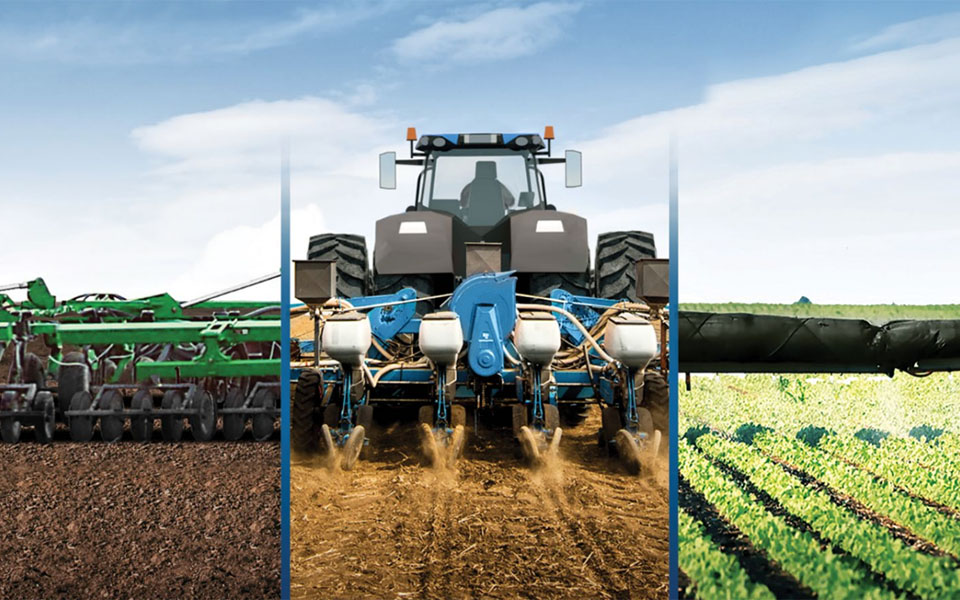Boost profitability, improve yield, and achieve better environmental outcomes with Variable Rate Application (VRA).
This month, we’re re-discussing a topic we’ve talked about before in CANEGROWERS 2021 – the benefits of Variable Rate Application.
Additional environmental requirements and rising input costs has many farmers exploring opportunities to meet these increasing requirements whilst boosting farm profitability.
One technology that can assist with this is Variable Rate Application (VRA).
VRA occurs when the rate of fertiliser, chemicals, ameliorant, and other farm inputs applied is continuously adjusted during application to match the predetermined target rate for specific field areas.
With more precise targeting and control of the optimal amount of input at the correct location, VRA helps manage variability in your fields, saving you money by using your inputs efficiently and minimising environmental impacts.
Implementing VRA is not as simple as connecting a variable rate controller to your spreader and going to work - it requires an evidence-based process approach.
The VRA Application Process
- Observation – Determine the level of variability across your blocks
- Evaluation and Interpretation – Determine the causes of variability
- Developing a Variable Rate Application plan
- Applying inputs at a Variable Rate
Observation
Identifying the degree of variability across the farm and within each block
Growers considering VRA need to ensure the investment is warranted. The first step of the VRA process is to understand what the degree of variability of the growing conditions across your blocks is. The best way to make an initial assessment is to review yield maps. If yield maps are not available, using commercially available remote sensing satellite imagery may be an option.
The greatest benefits of VRA occur where there is high variability of crop growth conditions (e.g., soil fertility, plant available water, etc.). If there is very little difference in yield within each block, VRA may not be the appropriate tool.
Evaluation and Interpretation
Understanding variability causes
Understanding the causes of in-paddock variability and the ease or cost-effectiveness of addressing these causes is the key to getting returns from VRA.
To do this, we advise working with trained consultants who have access to the appropriate data layers, computer software, and equipment for compiling the data.
Understanding of the factors that impact yield requires the collection of additional information. We recommend:
- Yield maps – ideally collected over multiple years
- Geographically referenced soil information (e.g., Soil Information System data)
- Crop health imagery - ideally collected over multiple years
- A digital elevation terrain model from your fields
- Your experience of farming these fields
Learn more about yield maps, SIS, and data collection here.
Developing a Variable Rate Plan
Computer systems such as Trimble’s Advisor Prime can then be used to aggregate and ‘crunch’ the data to detect patterns in the multiple data layers.
This software contains a zone management tool that reduces the time and effort required to define the number of zones, zone sizes, and more. The result is an accurate summary of past crop productivity patterns that can be used to make field management decisions in the future. These maps are an investment – their value as a decision-making tool lasts for many years.
When developing the zones, it is worth remembering that typically about 10-20% of a field under-performs. Consider the savings from the reduction in inputs across these high-risk zones in your review. In some cases, the causes for the underperformance can be addressed over time (i.e., water management) but for now, reduce your investment in these areas.
Applying Inputs at Variable Rates
Once the zones have been created, they can be loaded into a GPS controller.
Systems such as Trimble’s Field-IQ makes it simple to automatically manage and control the flow and application of farm inputs. This system guides your equipment to automatically apply the right rate of input at the right place at the right time.
Benefits
While implementing VRA can add additional costs to your operation, there are clear economic benefits such as lower input costs and better crop yield. VRA can also provide positive environmental outcomes as well.
We recommend ongoing measurement and refinement of your system. There are software tools available that allow you to keep track of all your costs and overlay that to your yield maps to create Profit Maps. These Profit Maps show you the areas of your farm that produce financial loss and gain. You can use this information to continuously refine your practices.
If you’re interested in adopting VRA or want to learn how you can take your precision ag implementation to the next level, contact the team from Vantage BMS – we have 40+ years of experience in assisting Australian growers with technology implementation and our friendly, local team is ready to assist.






